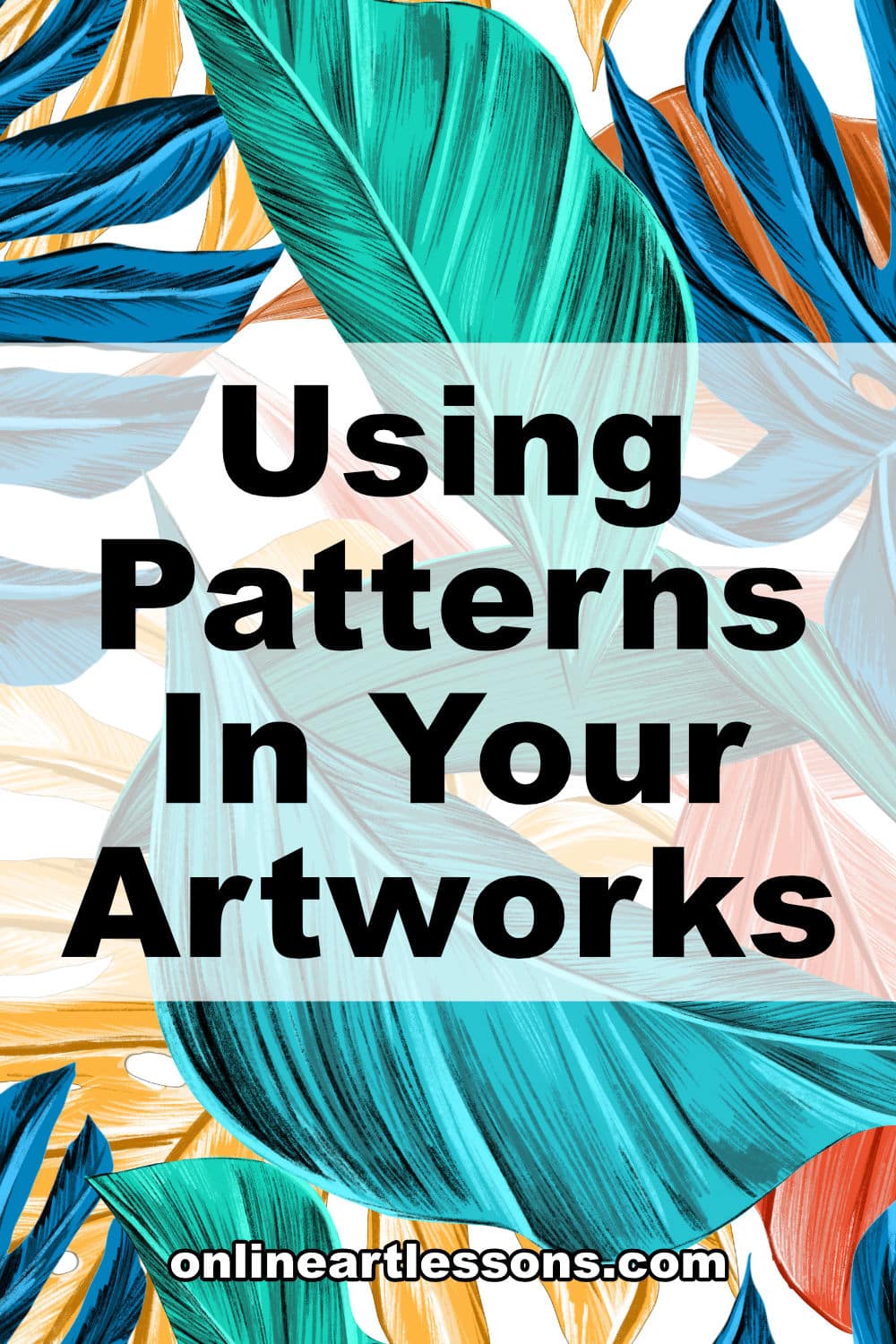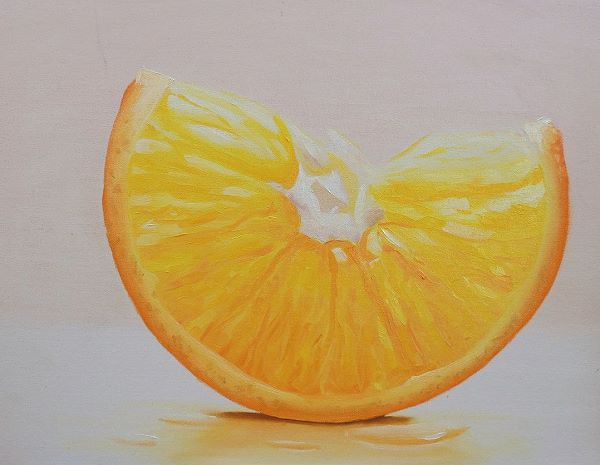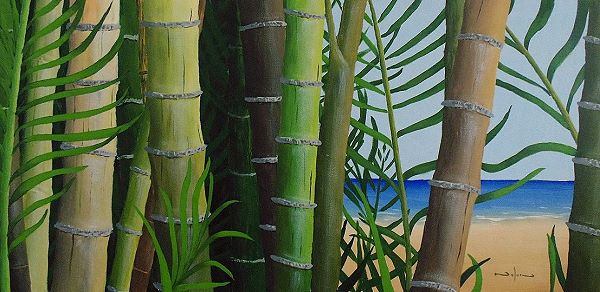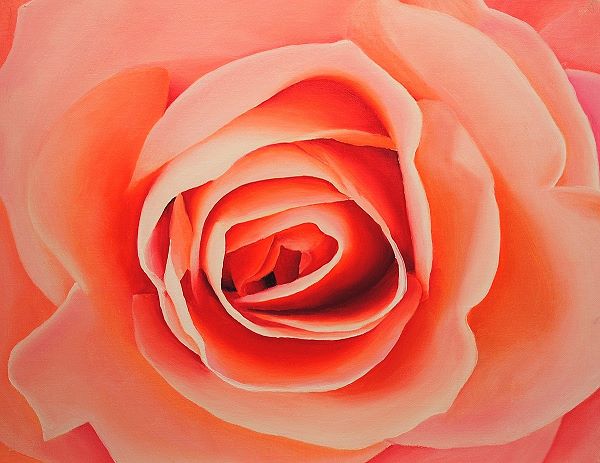In this tutorial you will learn all about patterns and how you can use them to create awesome artworks.
Patterns
If somebody mentions the word pattern then you would tend to think of an image like this where each part of the pattern is identical:

There are however many more ways that we can use patterns to make incredible works of art.
So let’s start by looking at the definition of a pattern:
Definition of a Pattern
a pattern is an arrangement of repeated parts or decorative designs
The key here is the word repetition.
In order to get a pattern we need to repeat something in such a way that the repetition becomes noticeable to the eye.
Traditionally we think of patterns as being man-made, and we do enjoy creating a good pattern. Usually to decorate something like these ties:
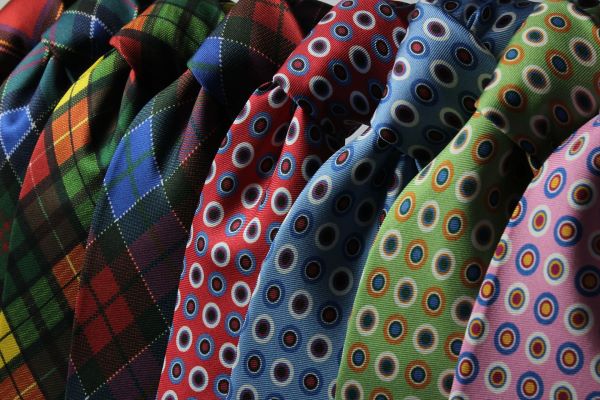
To make something look neat, like this shop:
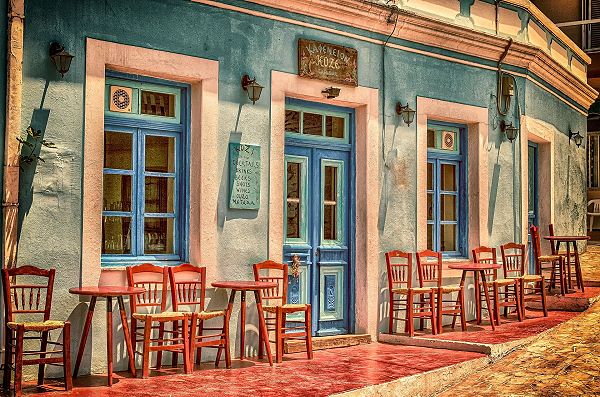
and sometimes we create patterns inadvertently because that is the best and most practical way to do it. An example of that would be the repetition of the office building on the other hand An example of that would be the repetition of the offices in this building:

Nature on the other hand, we tend to think of as random and in general it does appear that way.

However if we really start looking around we will find that there are plenty of patterns in nature.
How about the petals on this flower?
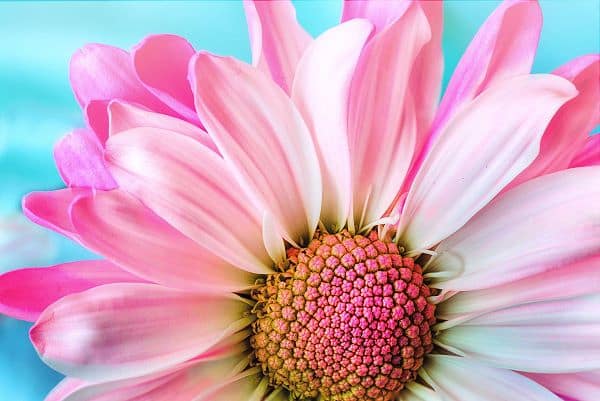
or the wings on this butterfly:
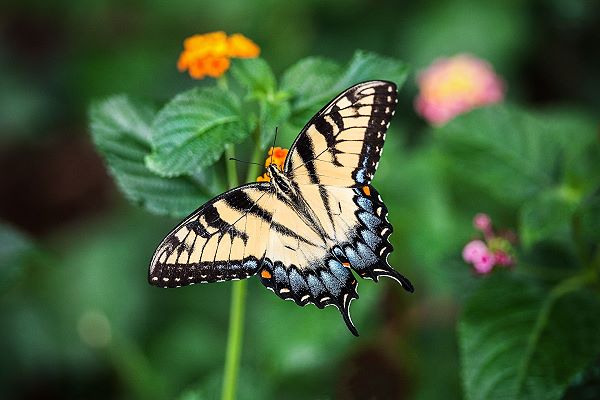
These are classic examples of patterns in nature. Look around and you will find thousands more.
Regular vs Irregular Patterns

Patterns don’t however need to be perfect copies of each other to be a pattern.
Look carefully at the pattern above and you will notice that we actually have two patterns.
The scale effect is a perfect repeating pattern, but each scale is a pattern formed by increasingly smaller arches forming an irregular pattern.
Here is a typical irregular pattern you will find in nature:

We have a pattern of rocks, yet each rock is a different size, shape and direction.
So how do we still recognise this as being a pattern and how can we use these patterns to make our artworks more interesting?
Methods Used to Form Patterns
The most common method to create a pattern is :
1) to Repeat Shapes
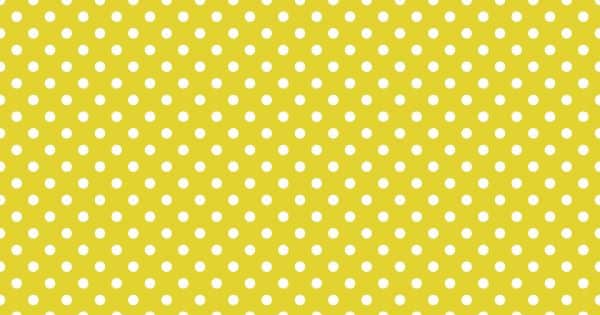
Other methods are:
2) Repeating Objects
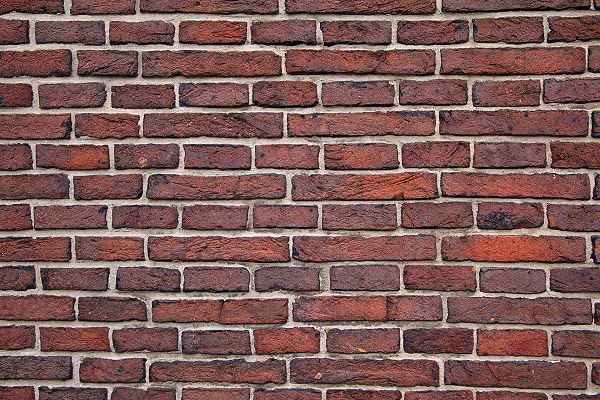
Like the bricks in a wall
3) Repeating Directions
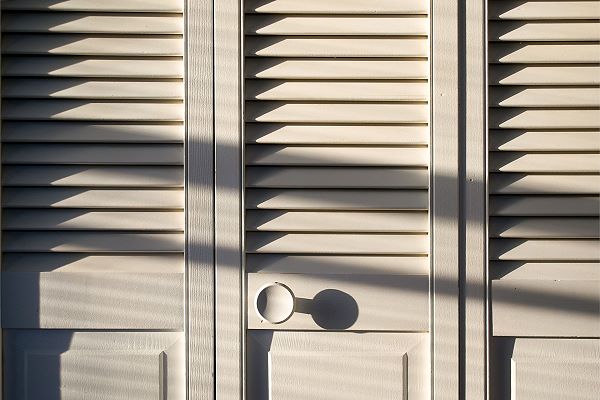
Like the lines on this cupboard.
4) Repeating Changes
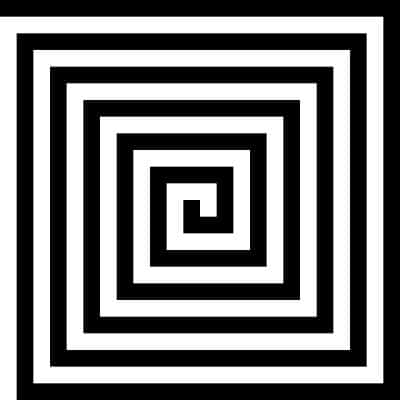
In this pattern each line changes direction and gets gradually longer and longer forming a pattern.
5) Using a Central Point
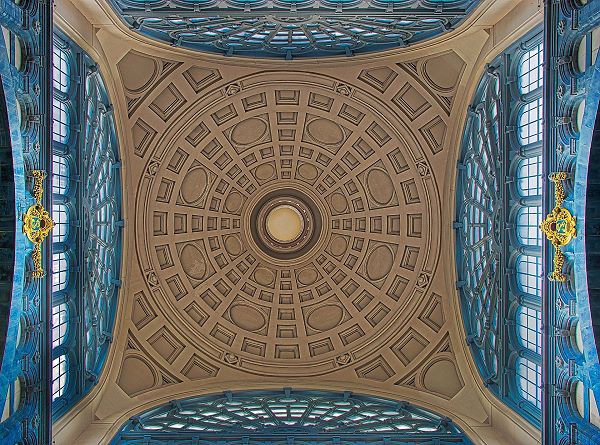
All the patterns in the dome radiate outward from the central cap.
6) Repeating Colours

7) Repeating Images
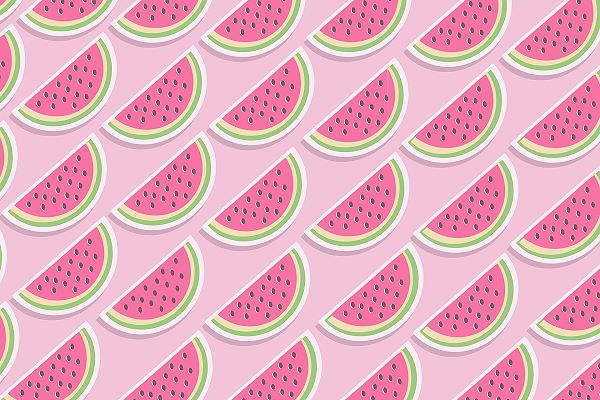
8) Even Repeating Brush Marks
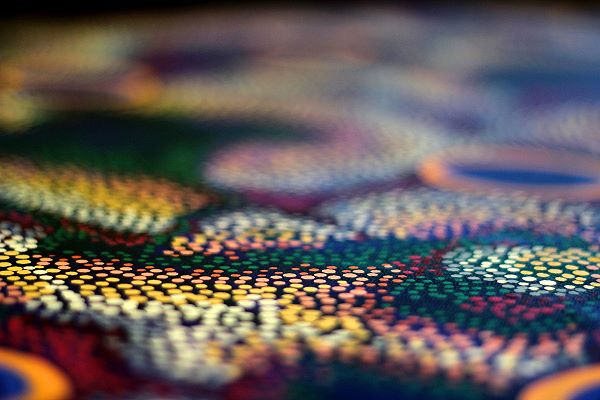
Each brush stroke in this painting is identical.
Using Patterns to Convey Emotions
We can use patterns to make our artworks more interesting by varying whether we repeat the pattern at regular or irregular intervals.
This allows us to create different effects, atmospheres and even emotions in our artworks.
Regular Pattern Emotions
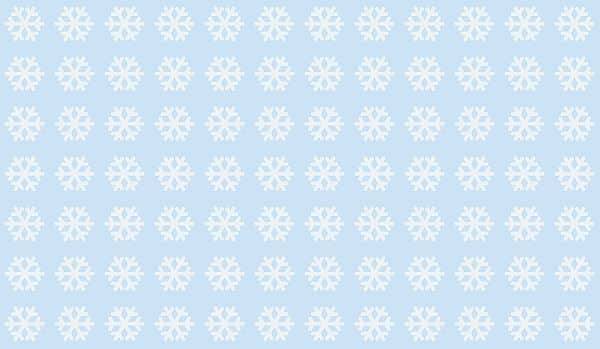
Keeping our pattern regular gives it a more structured and formal feel.
There is a sense of order and calm in this artwork.
Irregular Pattern Emotions

When we use irregular patterns however, we can create a busy, energetic effect. Sometimes even conveying chaos if the pattern is irregular enough.
Irregular Pattern Formations
Now let’s take the different methods used to form a pattern and create irregular patterns with them.
1) Irregular Shapes
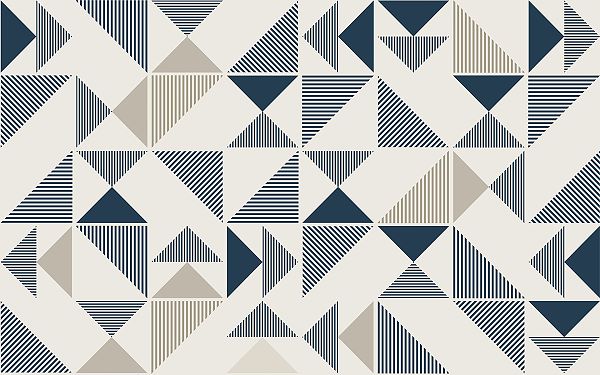
Notice how chaotic these repeated shapes look.
2) Irregular Objects
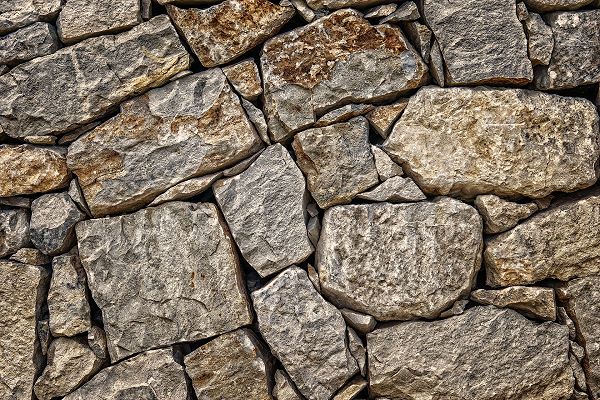
The irregular pattern formed by the randomly shaped rocks in this wall gives it a rough and organic look.
3) Irregular Directions
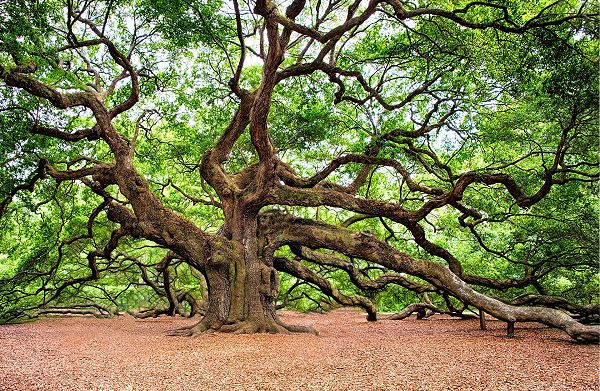
Each branch on the tree is heading in its own direction to form fabulously flowing patterns.
4) Irregular Changes
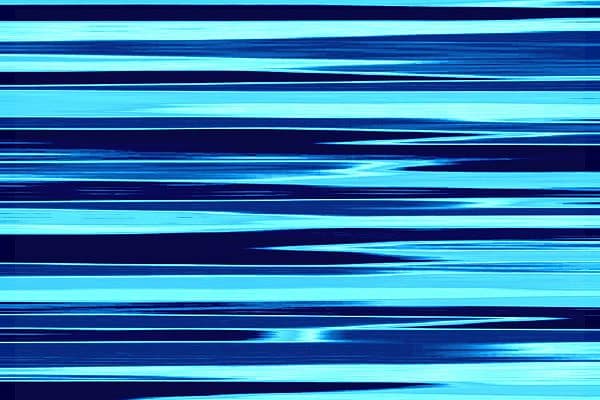
Each of these lines are changing, but none are changing the same, giving the artwork and abstract feel.
5) Irregular Central Point
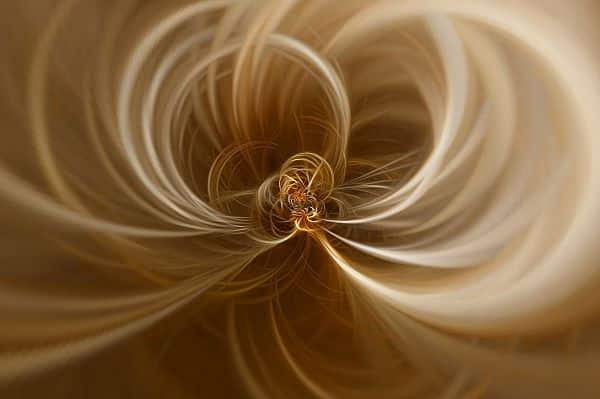
All these circles are converging around a central point, but not radially like the spokes of a bicycle. Can you feel the tumbling effect it creates?
6) Irregular Colours

These tiles are all random colours, yet they all still work well together.
7) Irregular Images

In this artwork each image is different yet they’re still form a recognisable pattern.
Paintings with Pattern Formations
Now that we know how to identify the different types of patterns let’s see how they can we used in actual paintings.
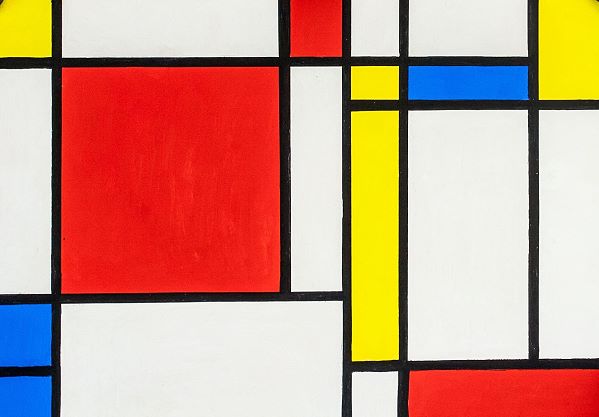
In this painting by Piet Mondrian he has used irregular shapes and colours to create paintings that have become classics.
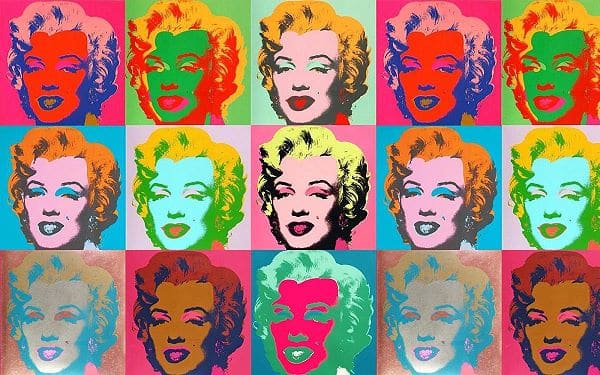
Andy Warhol famously used patterns of regular images combined with irregular colours to create his pop art prints.
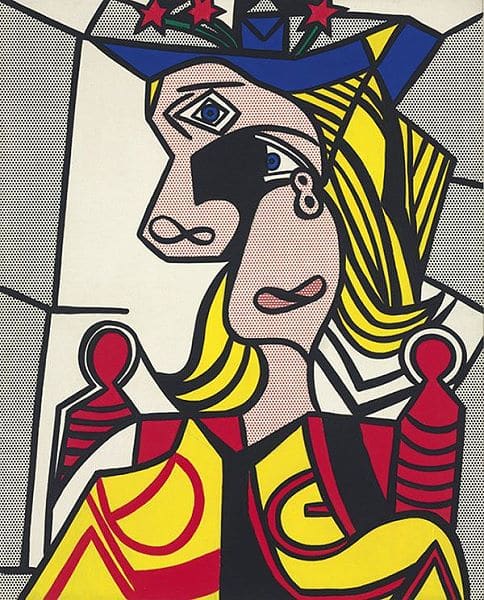
Roy Lichtenstein used irregular changes and shapes to create his artwork entitled “Woman with flowered hat”.
Classes Using Irregular Patterns
Here are a few more paintings with patterns in them. Look at each of them to see if you can recognise which methods were used.
You can also click the images to follow those classes if you wish.
Breaking the Pattern
Now we come to something that can really make your artworks stand out, and that is to break the pattern.
This can be done in many ways, but the idea is to add an unusual element to your pattern.
When you look at a pattern your brain is soothed by the repetition.
It likes to look at patterns because that is how it operates.
We recognise everything we know because our brain has memorized each item’s pattern.
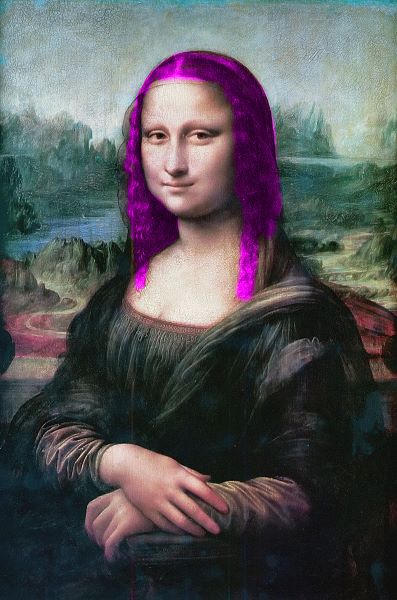
That is why you immediately notice when somebody has coloured their hair a different colour. That colour differs from the pattern your brain has memorized.
In other words the minute you break the pattern, your brain takes note and pays extra attention to this break in the pattern. It then tries to figure out what is different from the pattern it has stored in memory.
By the same token if you break the pattern in your artwork, then that’s break becomes the focal point of the artwork.
Here is a classic example:

Paint the artwork in monotone then add a dash of colour to the focal point.
You can however use any of the methods already mentioned to break the pattern.
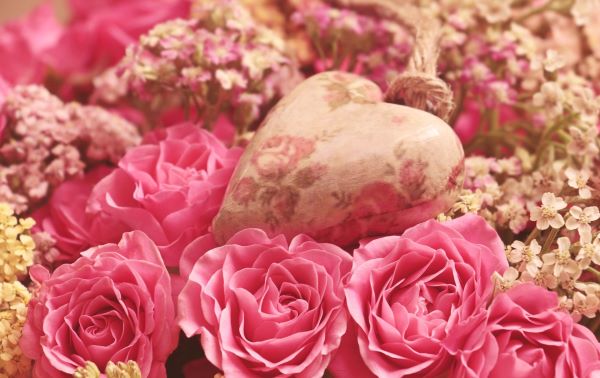
In this example the pattern of flowers is broken by the heart shaped pendant.
As you can see there are so many intersting ways that you can use patterns to add tons of interest into your artworks.
Another way is to create the illusion of movement in your artworks. Go check out my tutorial that teaches you how to do just that.
Pin Me
